Among the many favorable reasons to live in the Coachella Valley, air quality is not one of them. The condition has worsened since tropical storm Hillary made landfall in August of 2023. Since then, concern has grown about the health effects of the air we breathe.
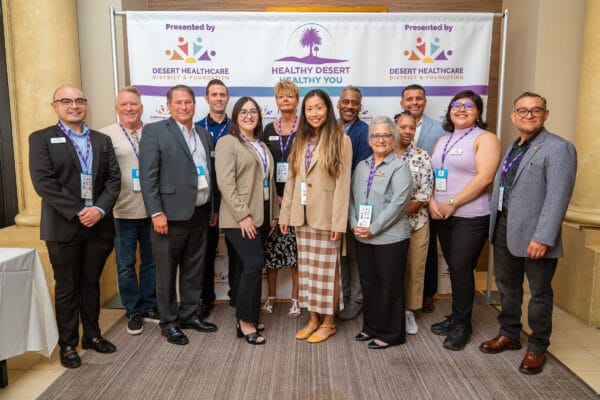
Many are committed to elevating the conversation, a goal of the first annual Healthy Desert, Healthy You Summit presented by the Desert Healthcare District and Foundation. The two-day event brought over 300 community members together to educate and “catalyze innovation” to find solutions and improve population health.
“The summit created a space for academics, researchers, health care systems, community-based organizations and government agencies to come together to listen and learn from each other,” said panelist Ann Cheney, PhD, an associate professor at the University of California Riverside (UCR) School of Medicine.
“The conversation is imperative to improve the quality of life for everyone across the Coachella Valley,” added Desert Healthcare District Director Leticia De Lara.
As an attending journalist, I found the summit extremely educational and fascinating. Taking part in the conversation is something everyone can — and should — do, so let me share what I learned.
What is in the air?
That “rotten egg” smell is hydrogen sulfide (H2S), a colorless gas that produces the odor at low concentrations (ironically, at higher concentrations, the odor is described as “sickeningly sweet.”) It is extremely flammable and highly toxic. There is no formal EPA standard for H2S, and the California Air Resources Board 30 ppm standard was adopted solely for odor control, not to reflect health risks. However, the Occupational Safety and Health Administration reports prolonged exposure to levels as low as 2 to 5 ppm may cause nausea, eye tearing, headaches, loss of sleep and bronchial constriction for some asthma patients.
While there is extensive literature on health impacts of short-term exposure, little is known about chronic effects. However, those living near the Salton Sea where there are higher levels of H2S report an elevated number of asthma cases in adults and children. This region had one of the largest mortality rates from COVID due to already compromised lungs according to Juan De Lara, PhD, director of the Center for Latinx and Latin American Studies at University of Southern California. An art display at the event effectively demonstrated air-quality effects on people’s lungs in that region.
The “big dusty problem” is particulate matter with a diameter of 10 microns or less (PM10) which can be extremely hazardous when inhaled. Levels of PM10 have been on the rise in our valley over the past decade, and the number of days they have exceeded the federal health standard (150 micrograms of PM10 per cubic meter of air) has increased significantly since Hillary.
That tiny silt that hangs in the air and covers everything is particulate matter 2.5 (PM2.5). It can cause the greatest health risks, getting deep into your lungs and even your bloodstream. There are increased efforts of valley-wide street cleaning not just for aesthetics but for managing this particulate.
There was also a discussion of lithium mining planned for the Salton Sea region and the concern of building new industry in an already fragile ecosystem. While impact reports state little effect on air quality, lithium mining is known to produce H2S and particulate matter, in addition to hazardous waste byproducts and potential seismic activity through geothermal extraction. We are certain to hear more on this as it develops.
The most impactful presentation for me was from young activist Nalleli Cobo, winner of the 2022 Goldman Environmental Prize. The keynote speaker grew up in Los Angeles and became an activist at the age of 9 when she began getting sick from the chemicals (including H2S) released from an oil well hidden in plain sight in her underserved community. She gave her first public speech on the topic at age 10 and quickly became an outspoken leader on banning oil extraction in the city.
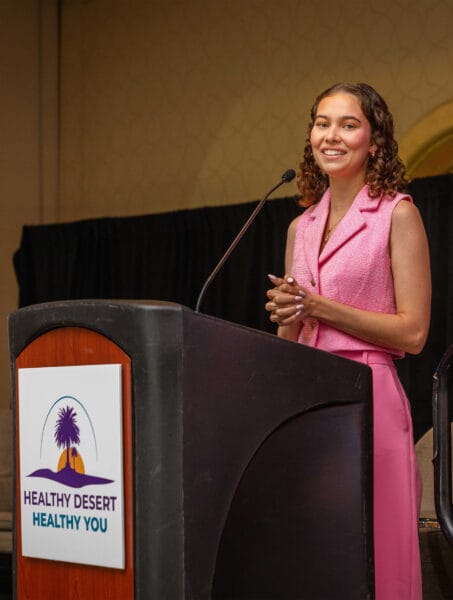
She shared the disturbing fact that oil rigs throughout LA are disguised as large office buildings (the Packard Well site), art structures (the Tower of Hope) and even places of worship like the Cardiff Tower disguised as a synagogue in the historically Jewish neighborhood of Pico-Robertson. The gaseous smell was also disguised, she said, as chocolate or guava.
Cobo co-founded People Not Pozos (“Wells”) and in March of 2020, her organizing efforts resulted in the permanent closure of the AllenCo drilling site across the street from her childhood home. On a larger scale, Los Angeles City Council also voted unanimously to phase out oil drilling over the next 20 years.
But it wasn’t without personal cost for Cobo. At 19, she was diagnosed with a rare reproductive cancer and faced chemotherapy, radiation and three surgeries alone in a hospital during the pandemic. She is now living cancer free but still struggles with health issues. Fortunately, her story and leadership also inspired the enactment of Senate Bill 1137, which bans all new oil wells within 3,200 feet of communities
in California.
Cobo’s presentation emphasized that change takes efforts “of the many over money,” and one small voice can make a very large difference.
The conversation on environmental health challenges and solutions will continue as the Desert Healthcare District explores ways to further engage with community partners, stakeholders and residents into 2025. A Healthy Desert, Healthy You podcast and updated summit website are among these plans.
To learn what you can do to improve air quality and for more information, visit
www.HealthyDesertHealthyYou.com.



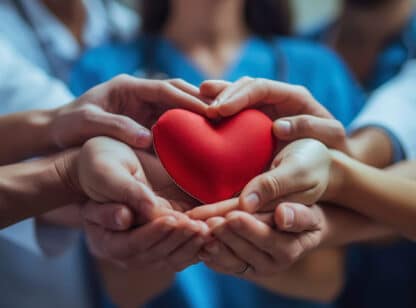
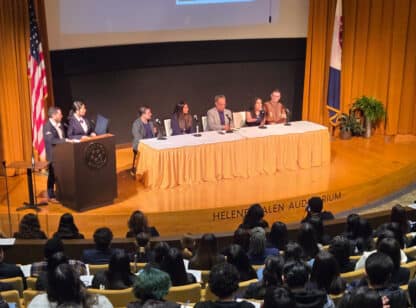




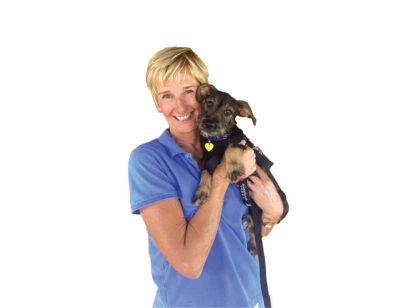
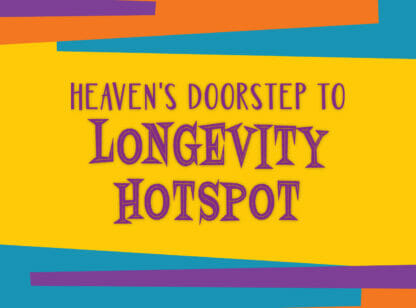



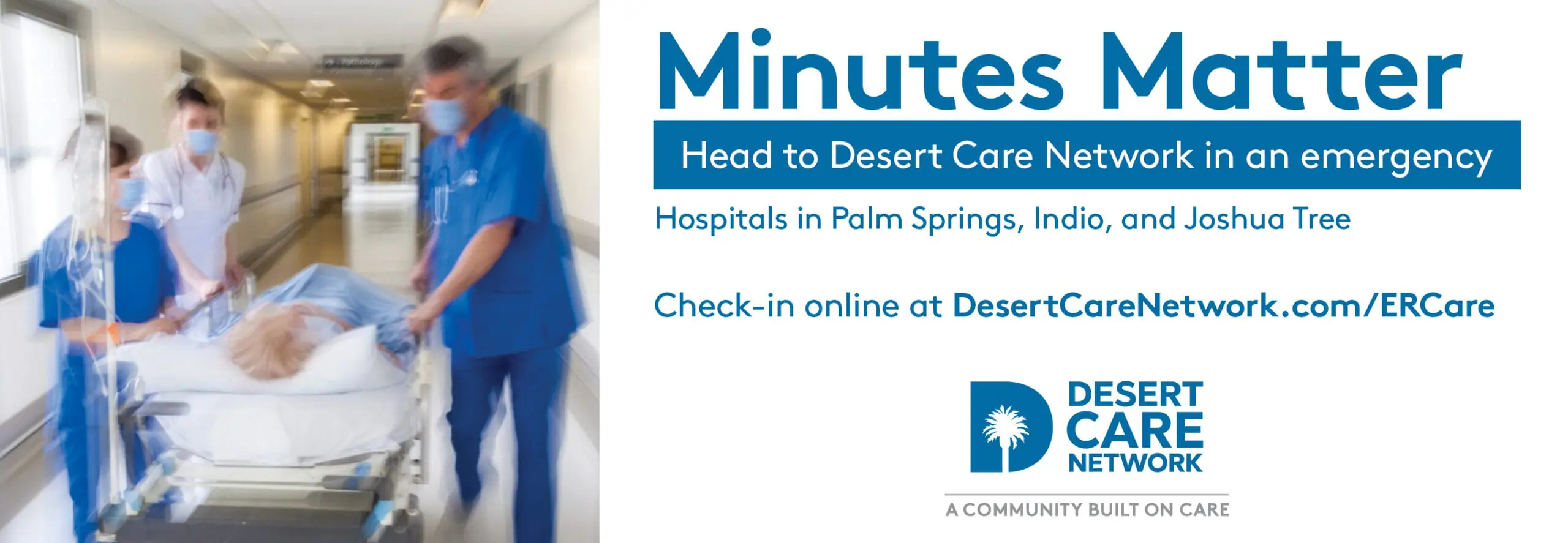
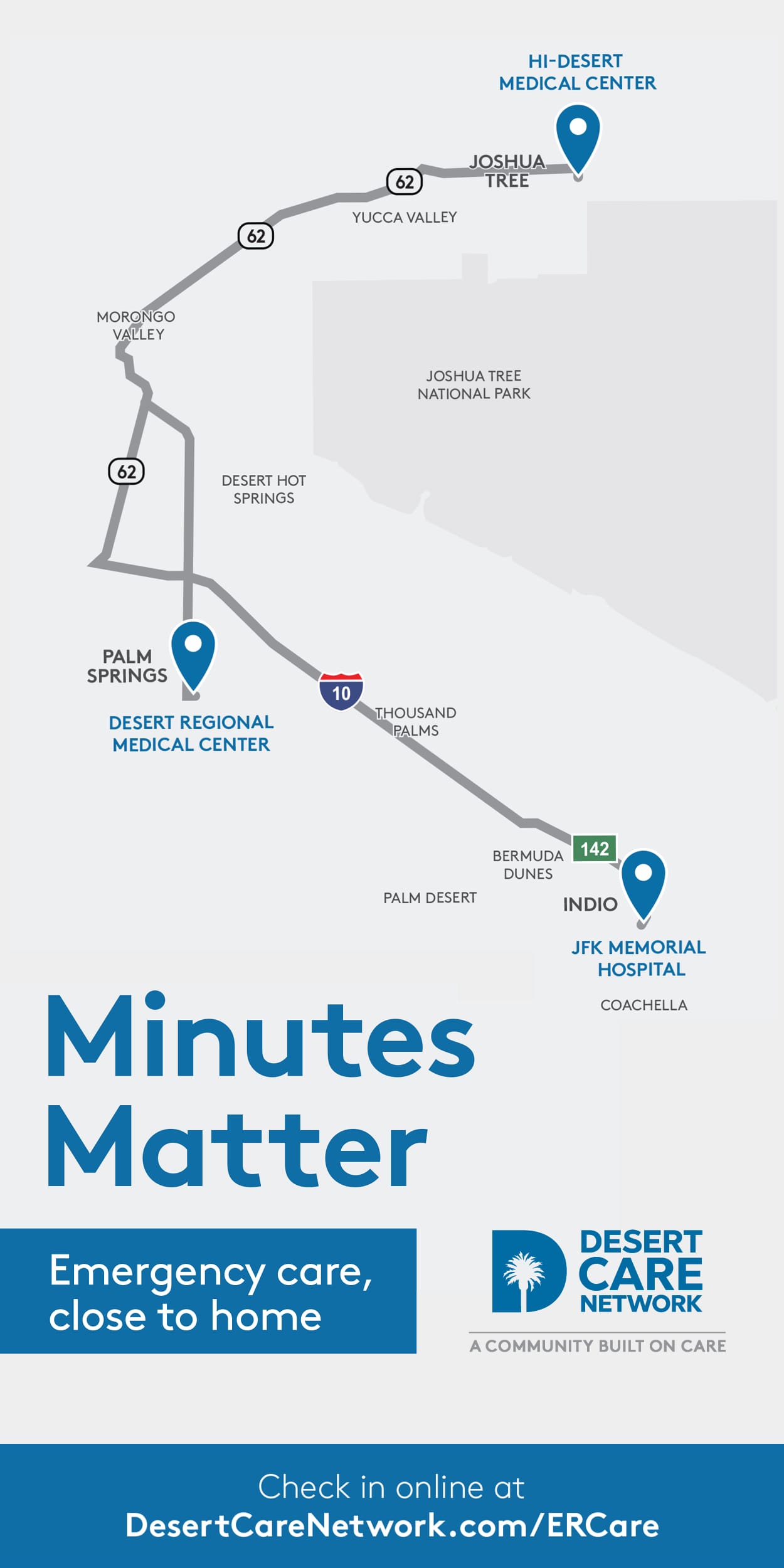
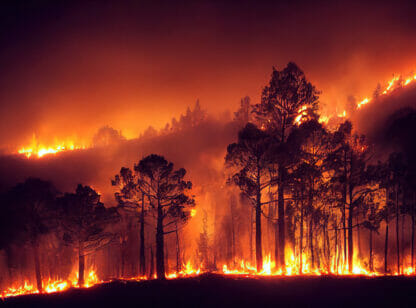
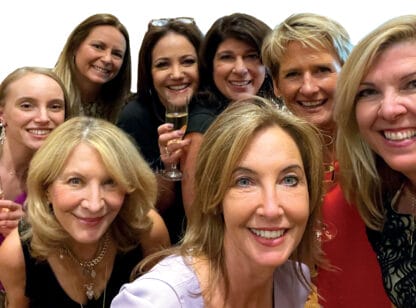
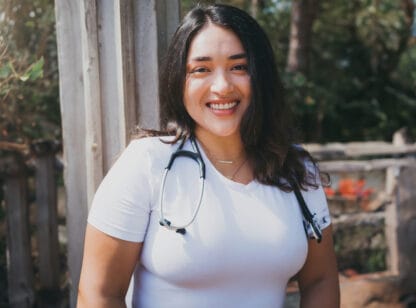
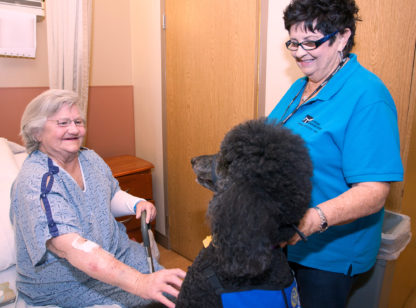





























Comments (0)